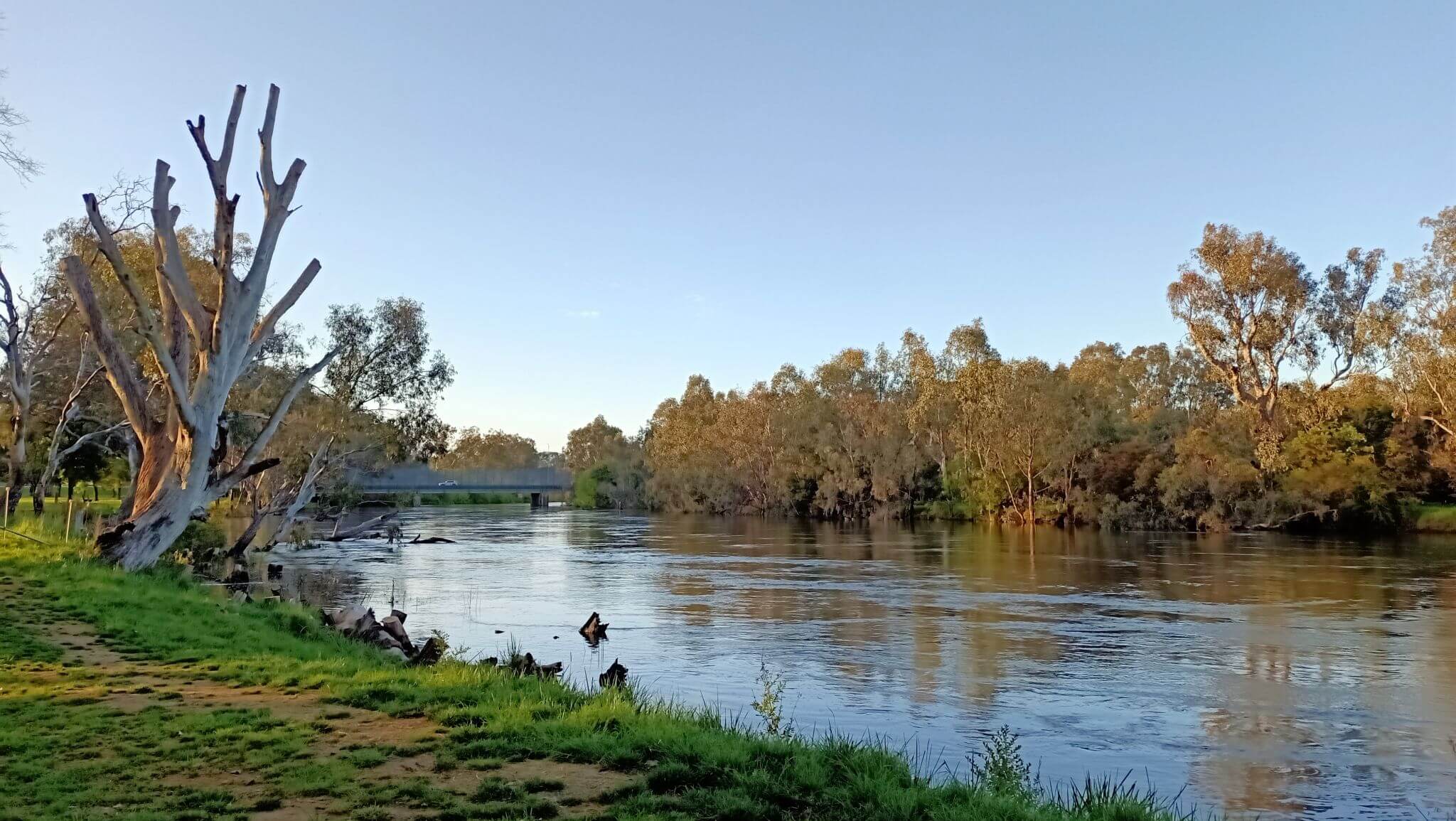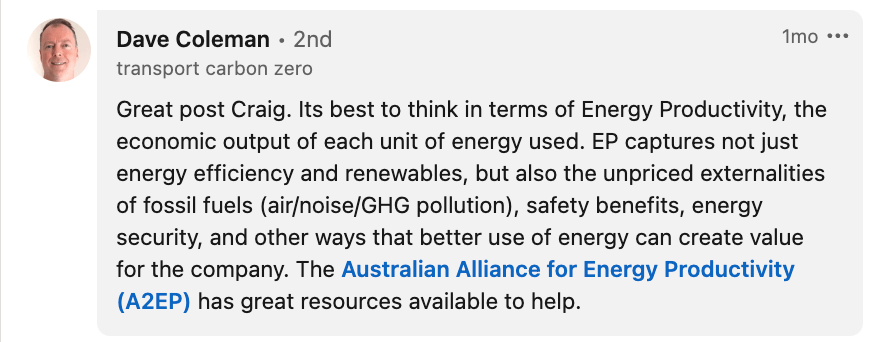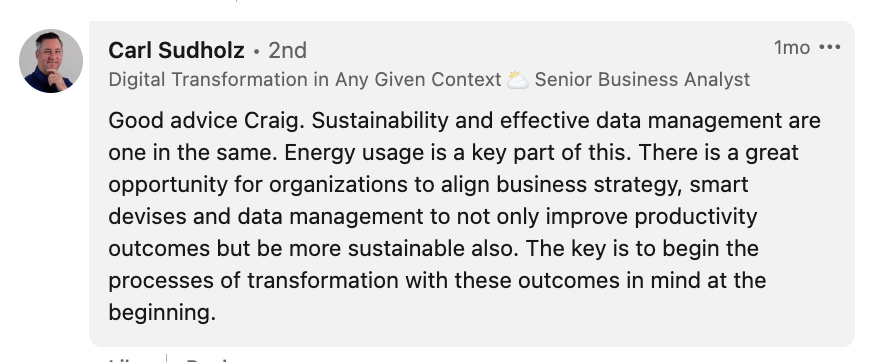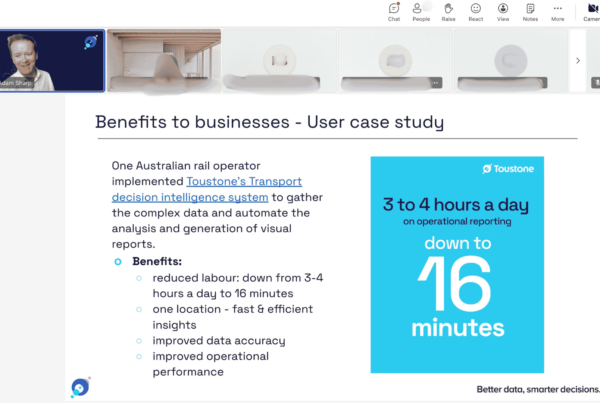
Recently our CEO, Craig Lefoe, attended a Directors’ Briefing held by the Australian Institute of Company Directors (AICD) on the topic: Our Energy Our Future event.
ESG and sustainability reporting is top of mind for us at Toustone as we help our clients navigate the impending Australian government mandates. So he shared with us, and his LinkedIn network, some of his key takeaways in two parts. This article brings them together. Enjoy.
Part 1: Key takeaways from Directors’ Briefing: Our Energy Our Future event by AICD.
By Craig Lefoe, CEO at Toustone.
A few days ago, I sat in a room of fellow company directors, listening to Benjamin McGowan (Indigo Power) and Dominic Zaal (CSIRO) talk about the future of energy. Here are some takeaways that could reshape your approach to energy management and sustainability as a business.
One highlight was the keynote from Dominic at CSIRO, who delved into innovative strategies for heat generation in manufacturing, including fascinating applications for FMCG companies and meat processing plants.
A pivotal shift required in the industry was to move from traditional heat generation methods, like burning fossil fuels, towards leveraging electricity from renewable sources.
The discussion also echoed the urgency of embracing renewable heat solutions, especially with the evolving #energy landscape. For instance, the dynamics of energy costs are evolving, soon, nighttime power prices may no longer be the low-cost option they used to be.
My takeaway #1: Australian businesses must ask themselves, What can I do now to revisit my energy consumption, reduction and source? It was encouraging to hear that the volatility in energy prices has Australian businesses seeking stability, and they’re ready to invest in solutions that deliver reliability, even at a premium.
Another critical aspect addressed was the predicted rising cost of #carbon. Over the last few years, we’ve seen it fluctuate from, say, $25 to almost $60. It is around the mid-30s, but industry experts expect carbon prices to soar.
My takeaway #2: Businesses that delay their carbon reduction efforts might be burdened with higher costs. Proactive action now will likely impact profits shortly. This is where benchmarking comes in…
Executives and Directors must ask themselves: Where, how, and at what cost am I using energy? This initial step provides insights to plan and implement effective changes.
For example, a processing plant might find that given that the cost of power overnight is increasing, their current method of running freezers overnight actually costs you a lot more. Your freezers should utilise power during the day.
We need to identify this through accurate and reliable data.
The journey towards optimised energy utilisation involves knowing when to generate, store heat, and produce steam at the most economical rates. Once you’ve benchmarked your usage, the path towards informed decision-making and sustainable practices becomes clear.


Part 2: I have my energy benchmarking done; what next? Mastering Energy Transition: Crafting Your Business Strategy
After highlighting the impending changes in energy sources, prices and carbon prices, the conversation shifted to delving into the intricacies of how we can adopt renewable technologies and ensure a consistent, cost-effective energy supply.
The event’s CSIRO speaker, Dominic, laid out the groundwork – a future where renewable energy is harnessed to power manufacturing processes. This transition isn’t just about being environmentally responsible; it’s also about ensuring long-term financial sustainability.
Transitioning to what?
This is where we need to do some leg work to understand and plan for what is best for our organisation. For example, I learnt that while wind-generated power may have limitations due to timing and variability, there are other renewable technologies that might require a higher upfront investment but promise a dependable, consistent energy supply.
I was impressed to hear that some companies are prepared to invest significantly to secure supply stability, even shelling out A$700k to safeguard their operations. This underscores the growing impatience with the volatility of energy prices and the desire for predictability in both supply and costs.
As we step into an era where the cost of energy storage is expected to plummet, aligning your renewable technology choices with your energy demands becomes a strategic imperative. This alignment ensures that you generate energy when it’s most needed and at the lowest possible cost, all while contributing to a more sustainable future. Win-Win, right?
We were all reminded that the transition to cleaner, more efficient energy sources is a journey.
And starting this journey starts with truly understanding the now, our current usage, and the raw data. Data is the start of making evidence-based decisions.



